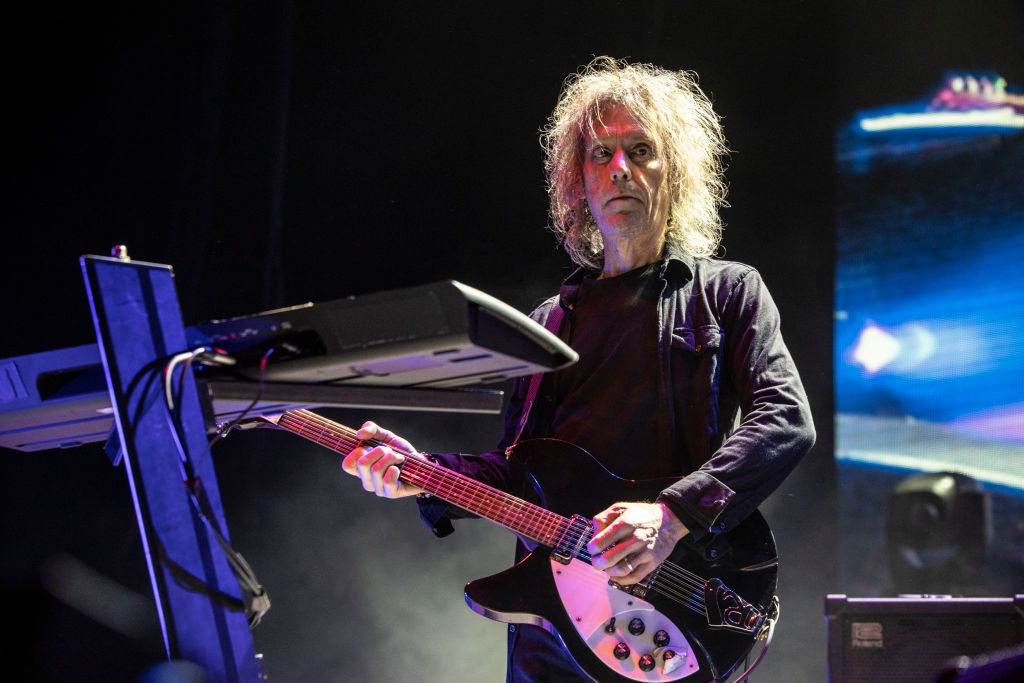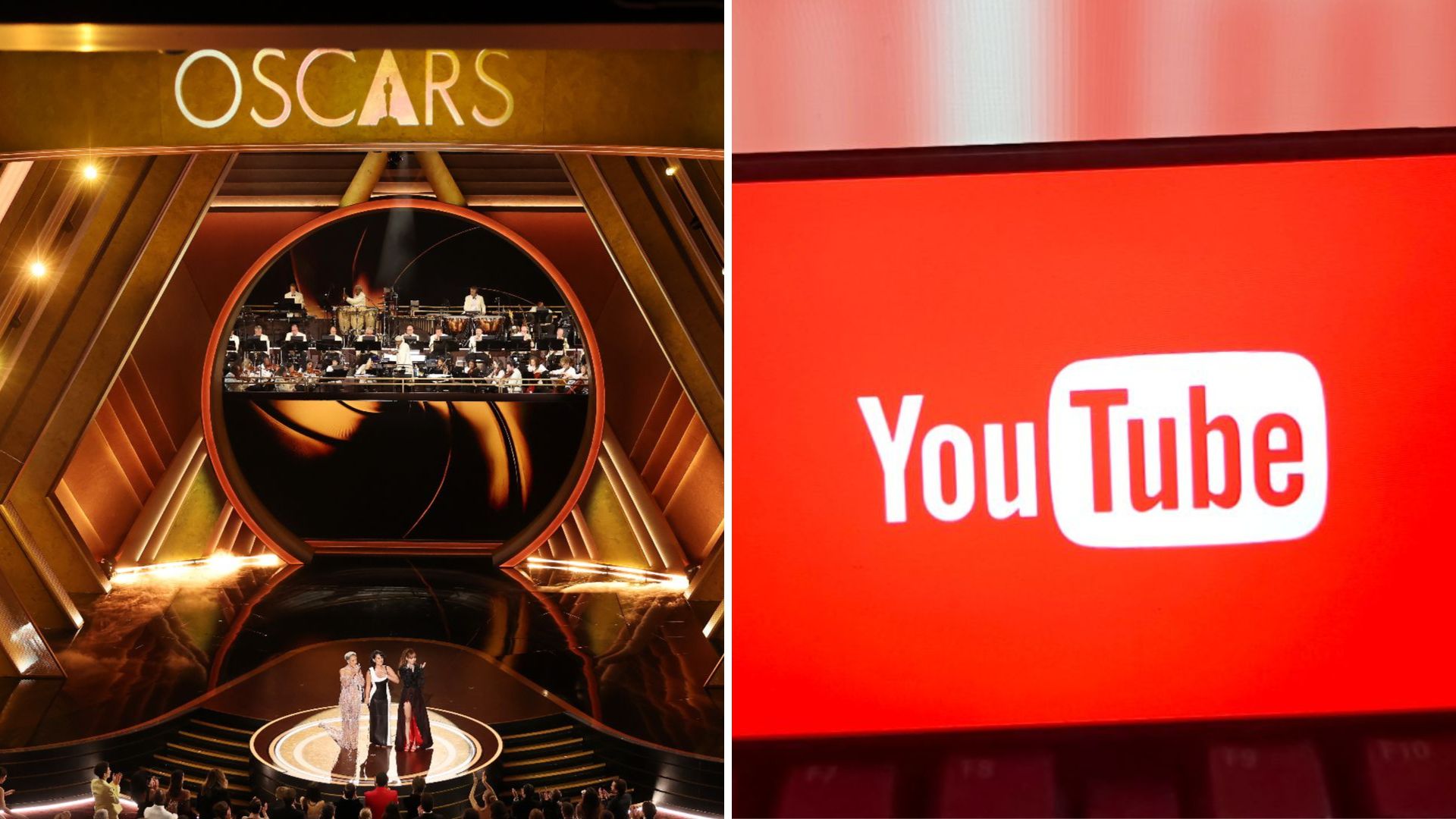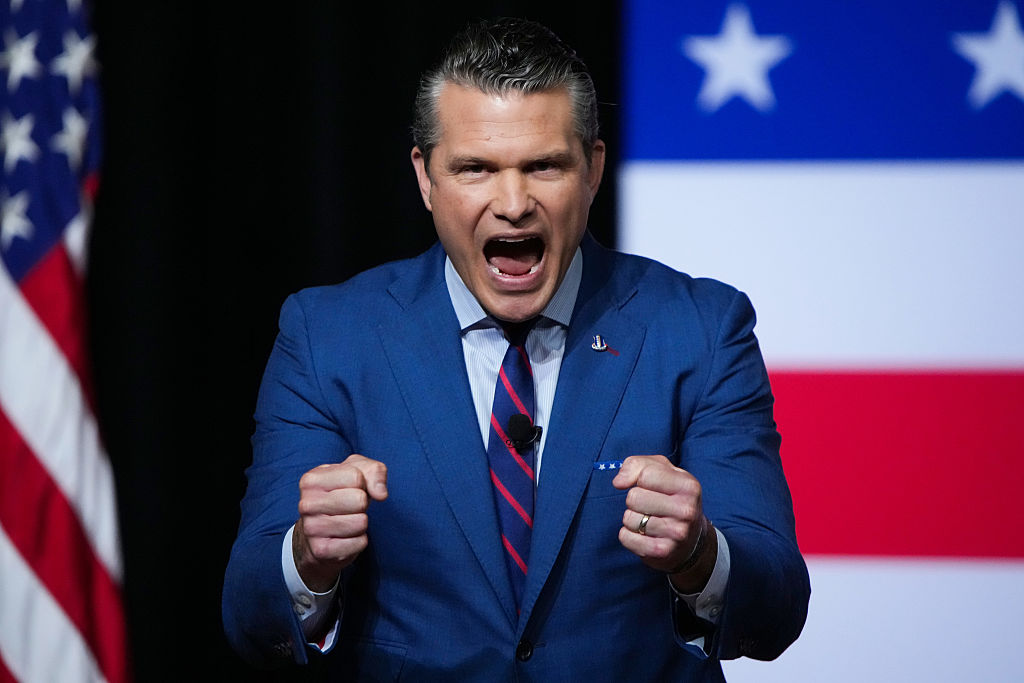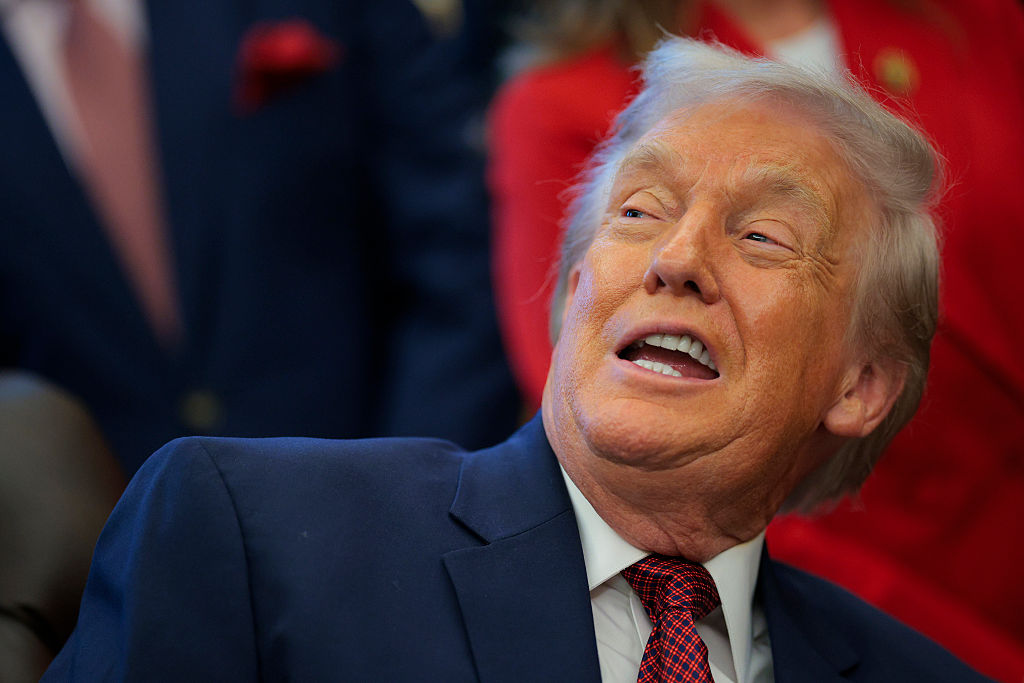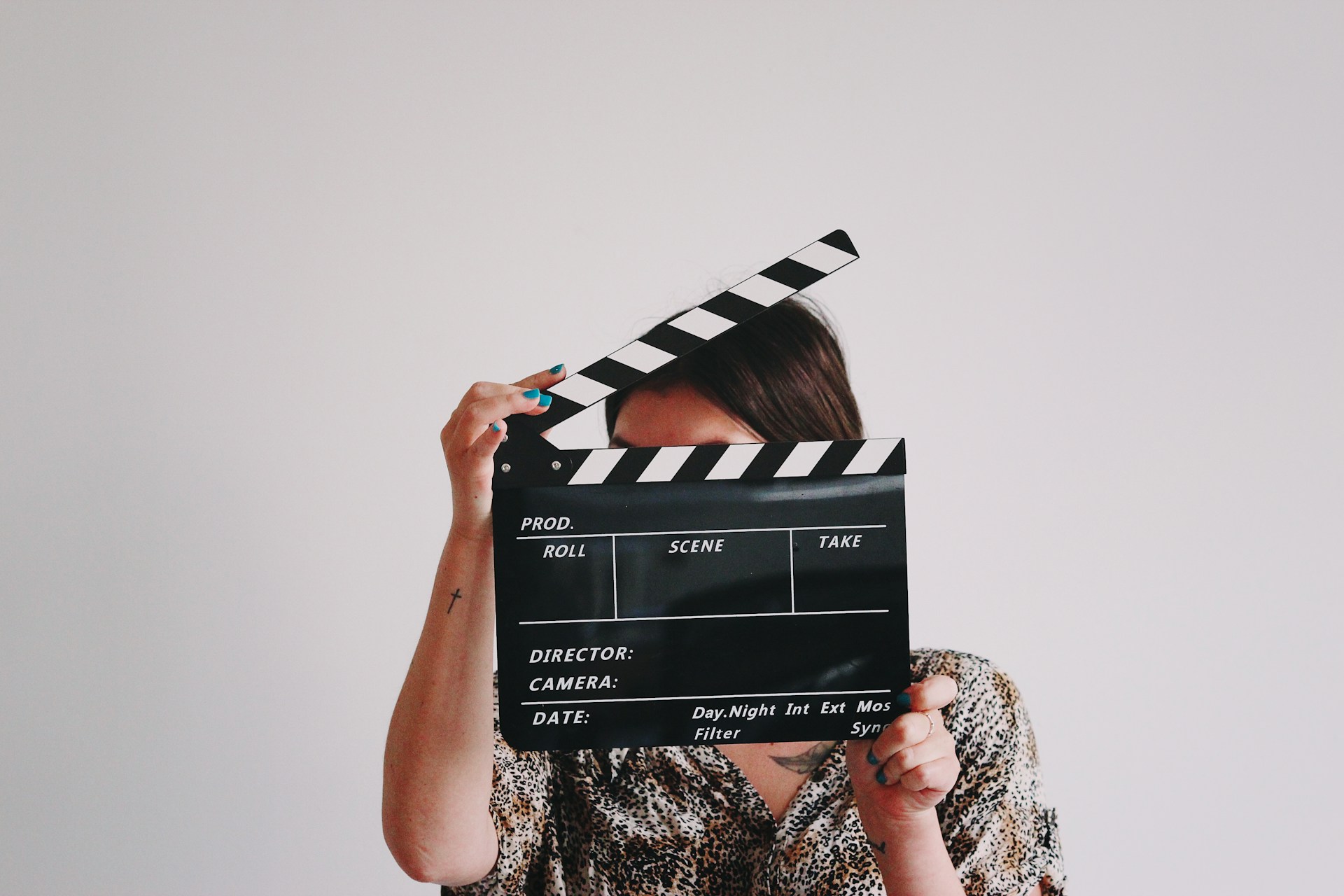
Today’s film directors bring us into new worlds through their meticulous visions. Through their artistry, we walk alongside beloved characters and discover their journeys. The greatest film directors in movie history offer captivating stories and visual effects. Their unique perspectives reshape stories from literature and best-selling novels.The directors who stand apart breathe life into our favorite characters and inspire audiences. They transform the written word into three-dimensional living beings, who come alive on film. From a descent into the madness of Jack Torrence to chasing replicants with Rick Deckard, these directors have made the movie industry what it is today. Let’s review the best movie directors known for their visual signature.
1. Stanley Kubrick
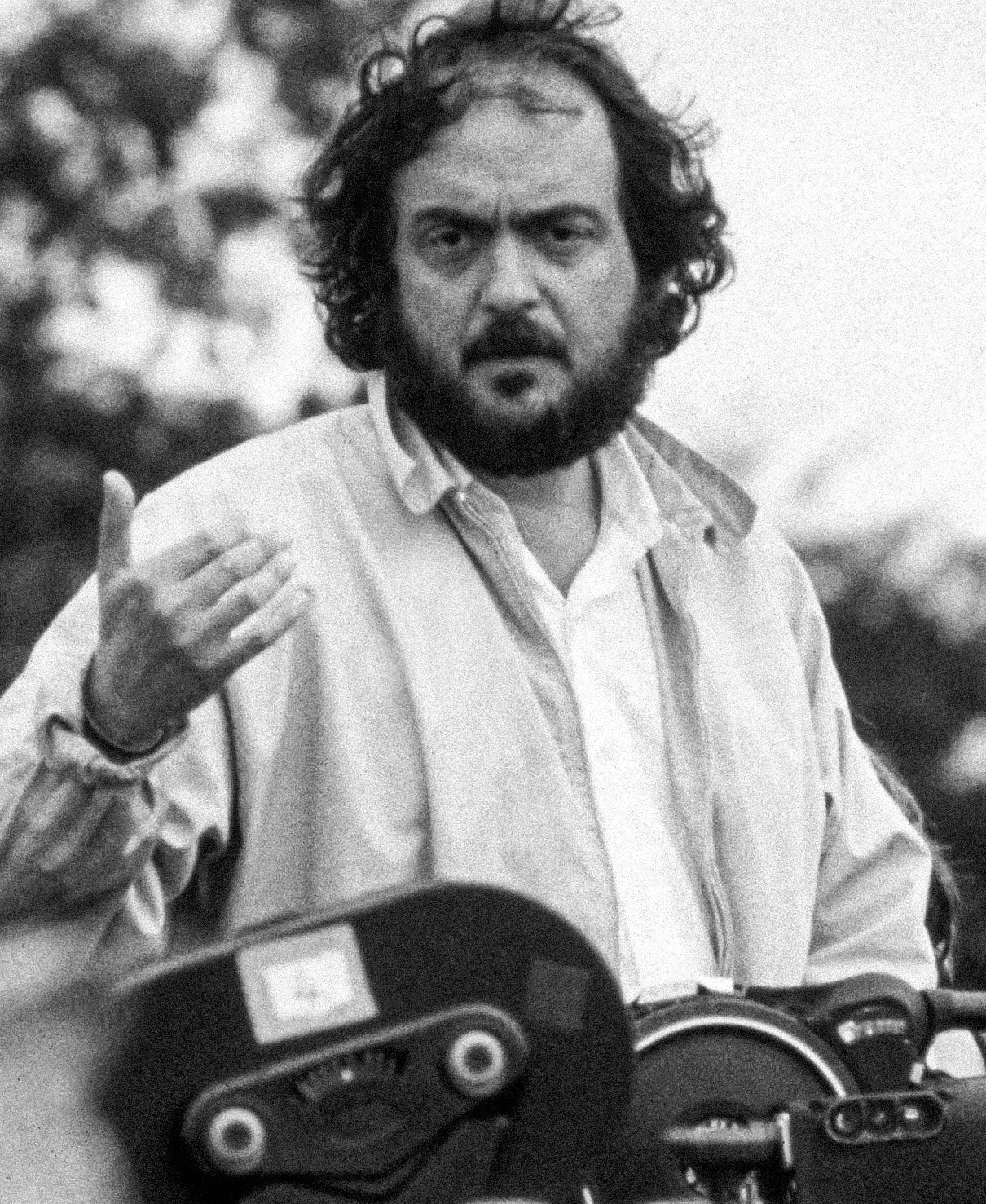
Stanley Kubrick’s directing style is best characterized by perfectionism, meticulous preparation, and technical precision. His creative visual experiences immersed audiences in his worlds without escape. The descent into madness in both “The Shining” and “A Clockwork Orange” was hallmarked by an empty-eyed stare. From a bloody flood flowing from a hotel elevator to Alex DeLarge’s conversion therapy, Kubrick was a master.
2. Wes Anderson
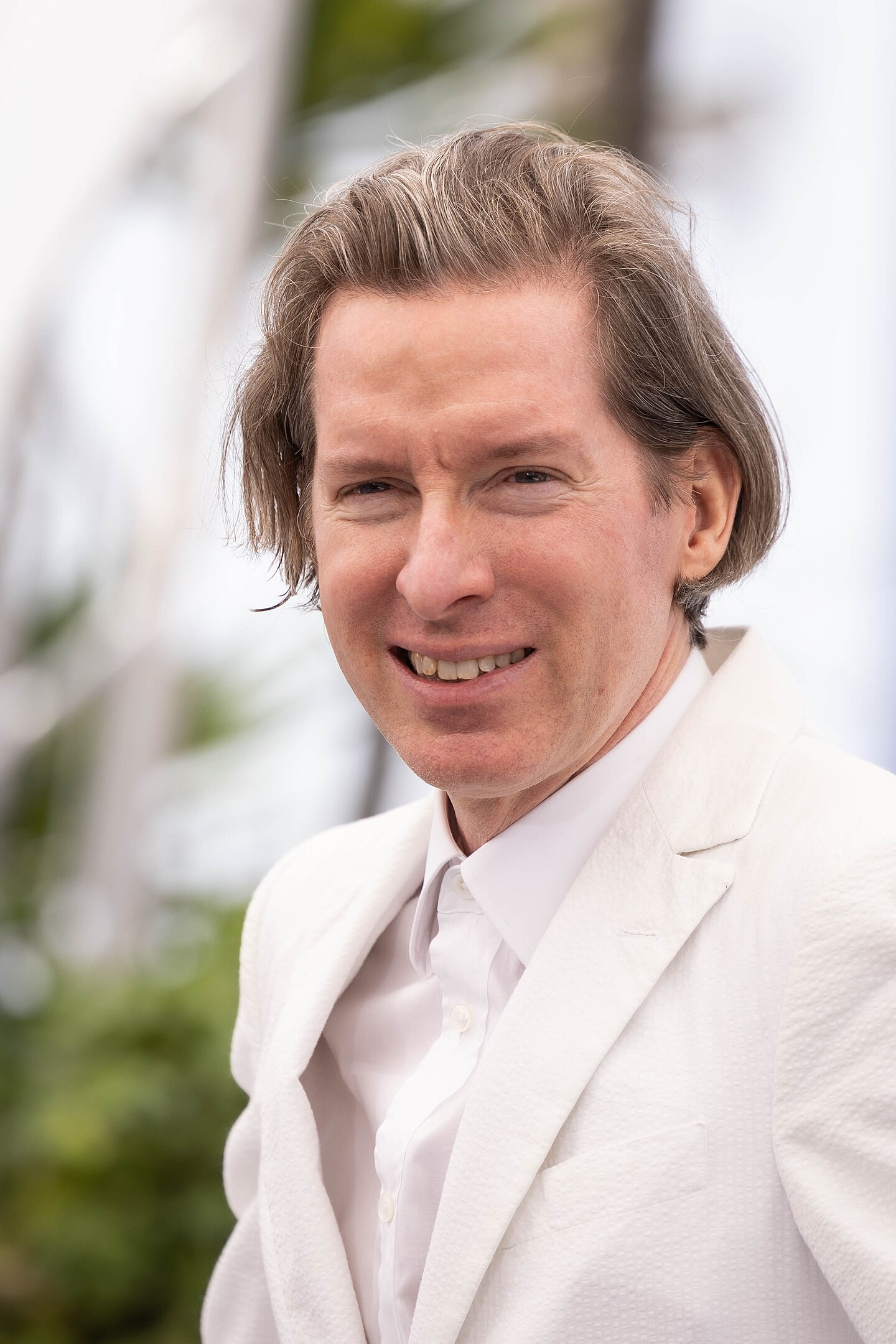
Wes Anderson’s style is distinctive, characterized by well-composed visuals and his ability to create a realistic sense of nostalgia. His symmetrical framing creates visual harmony and two-dimensional glimpses of his worlds. He’s known for whip pans, snap zooms, and slow-motion shots. His innovative aesthetics and whimsical visuals are seen in both “Moonrise Kingdom” and “The Grand Budapest Hotel.”
3. Tim Burton
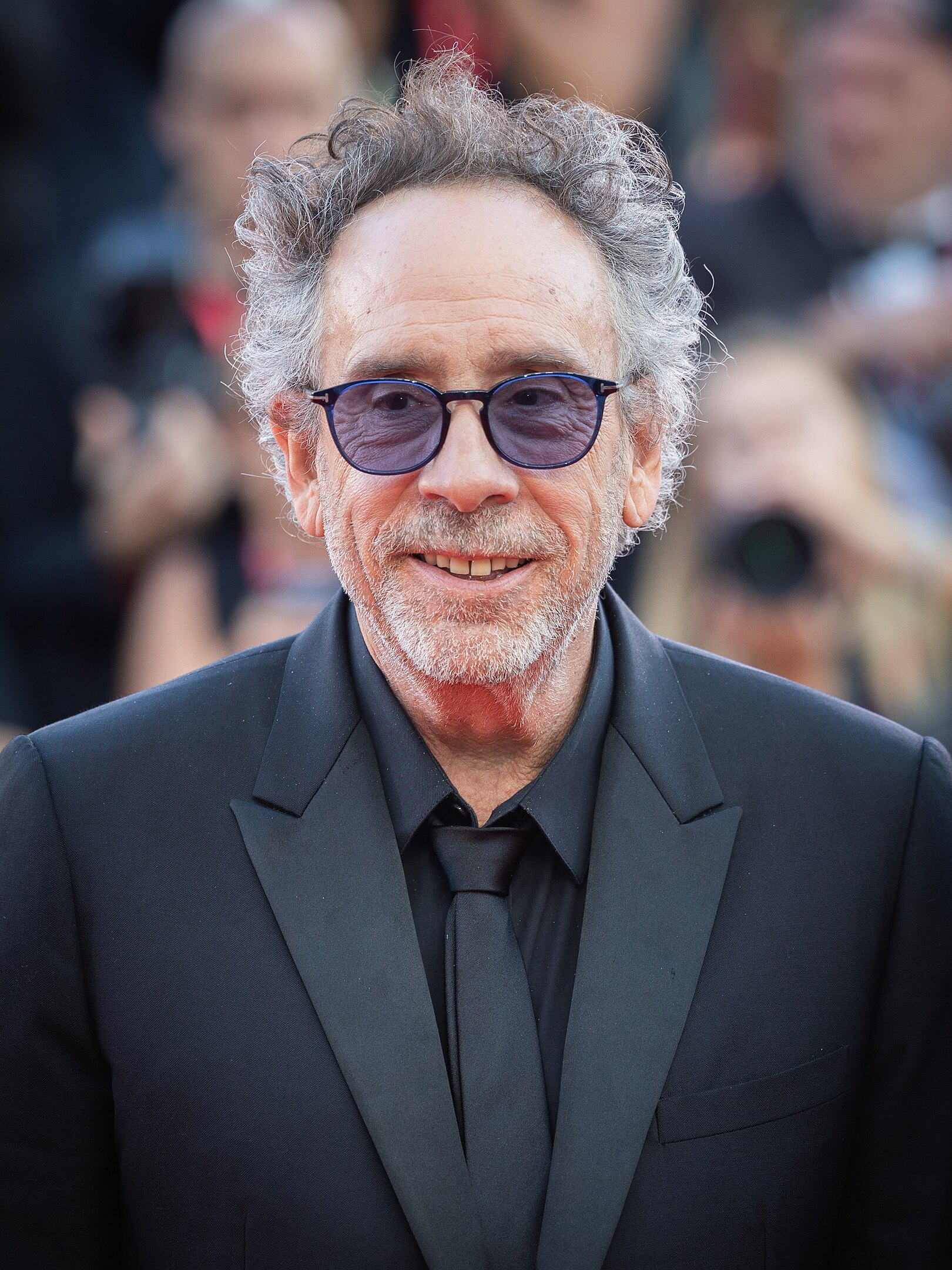
Tim Burton is the master of dark fairy tales and ethereal visuals. His trademarks are expertly directed gothic visual effects and meticulously crafted costumes. He has a keen eye for detail and creates majestic set designs that are otherworldly. Edward’s scissor hands, Jack Skellington’s pin-striped suit, and the Deetz’s haunted calypso dance are some of his best works.
4. Quentin Tarantino
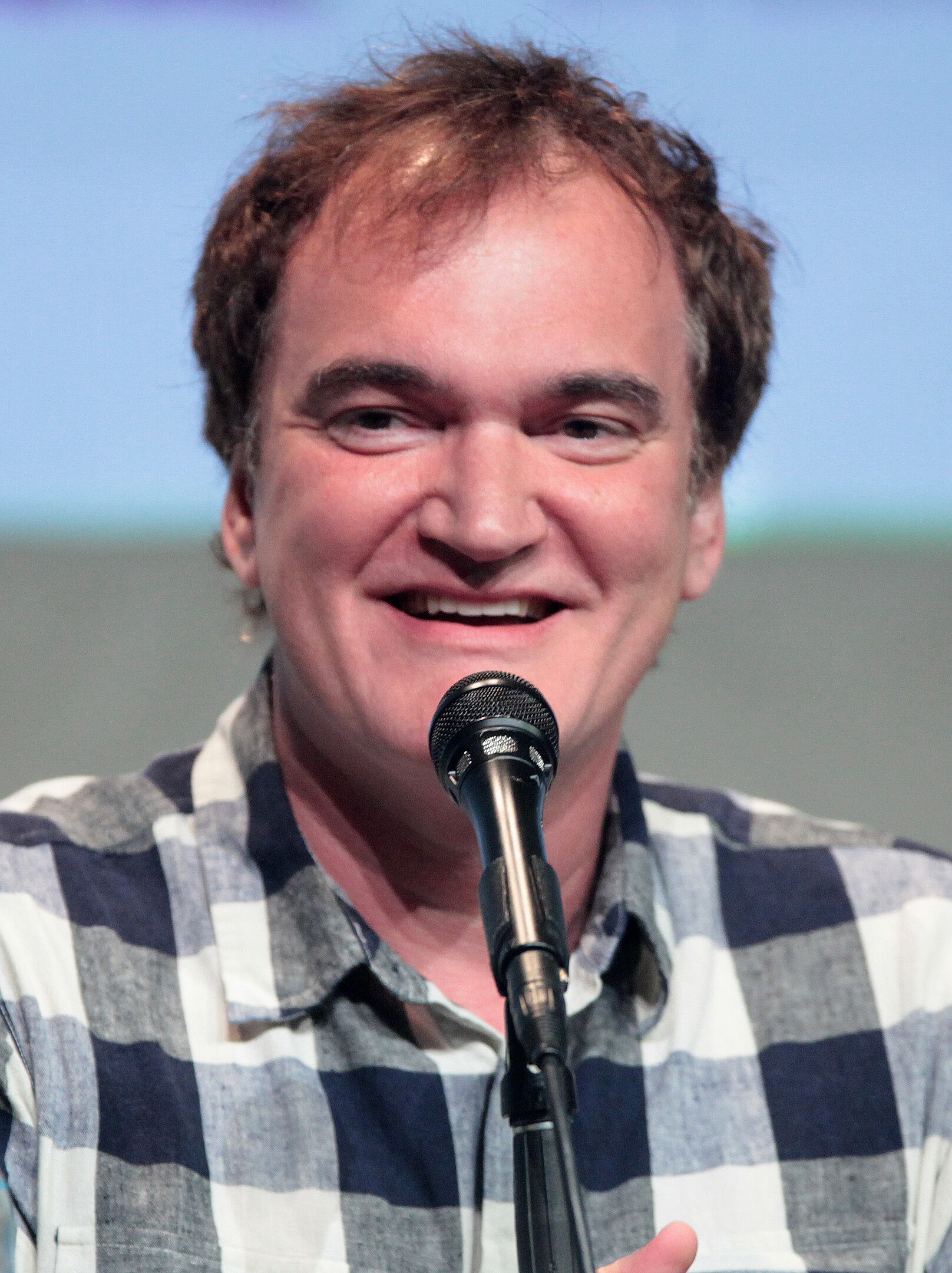
Quentin Tarantino’s meticulously choreographed violence, trunk shots, and unending takes set him apart from others. His masterpieces, including “Kill Bill,” were his signature, reflecting his genius and striking use of color. Tarantino proves his dedication to masterful filmmaking, from the “Kill Bill” black-and-white fight scene to the Jack Rabbit Slim’s dance scene in “Pulp Fiction.”
5. Guillermo del Toro
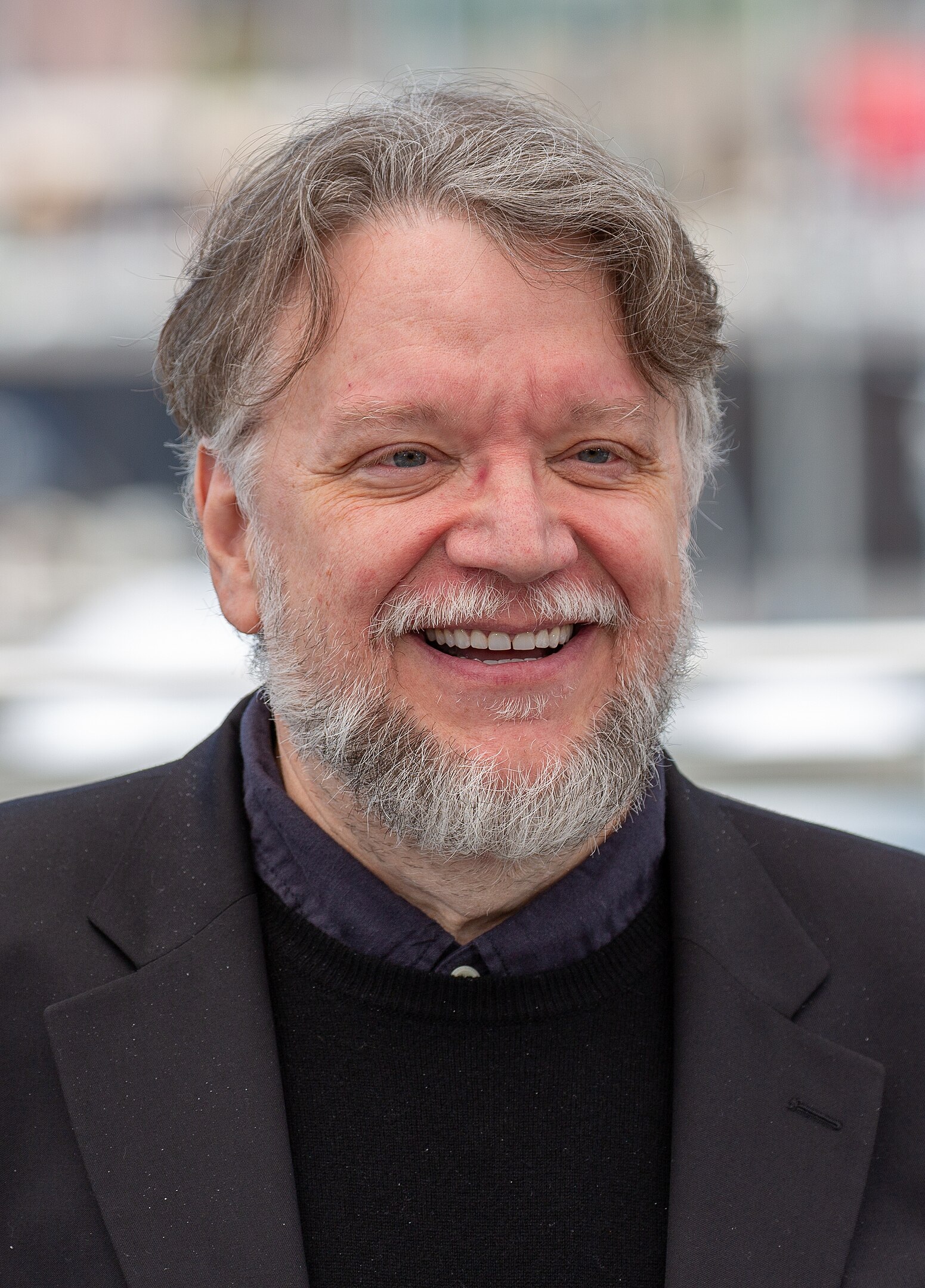
Guillermo del Toro’s films blend fairytale elements with science fiction fantasy. They are visually stunning and show del Toro’s deep character development. His monsters are strictly horrifying and show his meticulous eye for intricate details. His fantastic sets reflect an immediate connection to each character. “Pan’s Labyrinth” and “Hellboy” are some of his most loved films.
6. Christopher Nolan
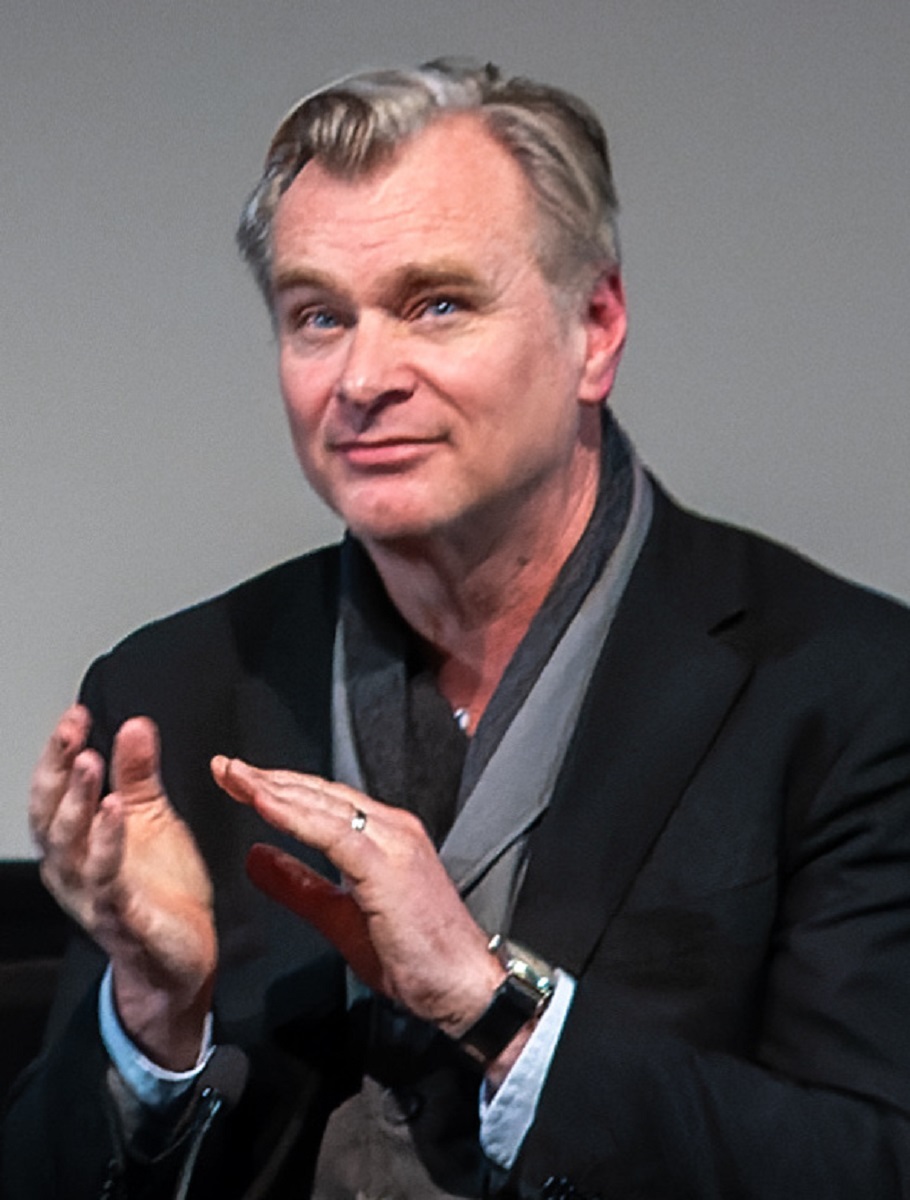
Nolan’s use of non-linear narratives makes his films more distinctive. Viewers see his visual aesthetics in his unique blend of muted colors and dark shadows. For “The Dark Knight Trilogy,” audiences see his non-linear storytelling in action. Christopher Nolan used large-format film to enhance his films for the IMAX experience. “The Dark Knight Trilogy” was a larger-than-life experience, immersing audiences deeply into Gotham City.
7. Zhang Yimou
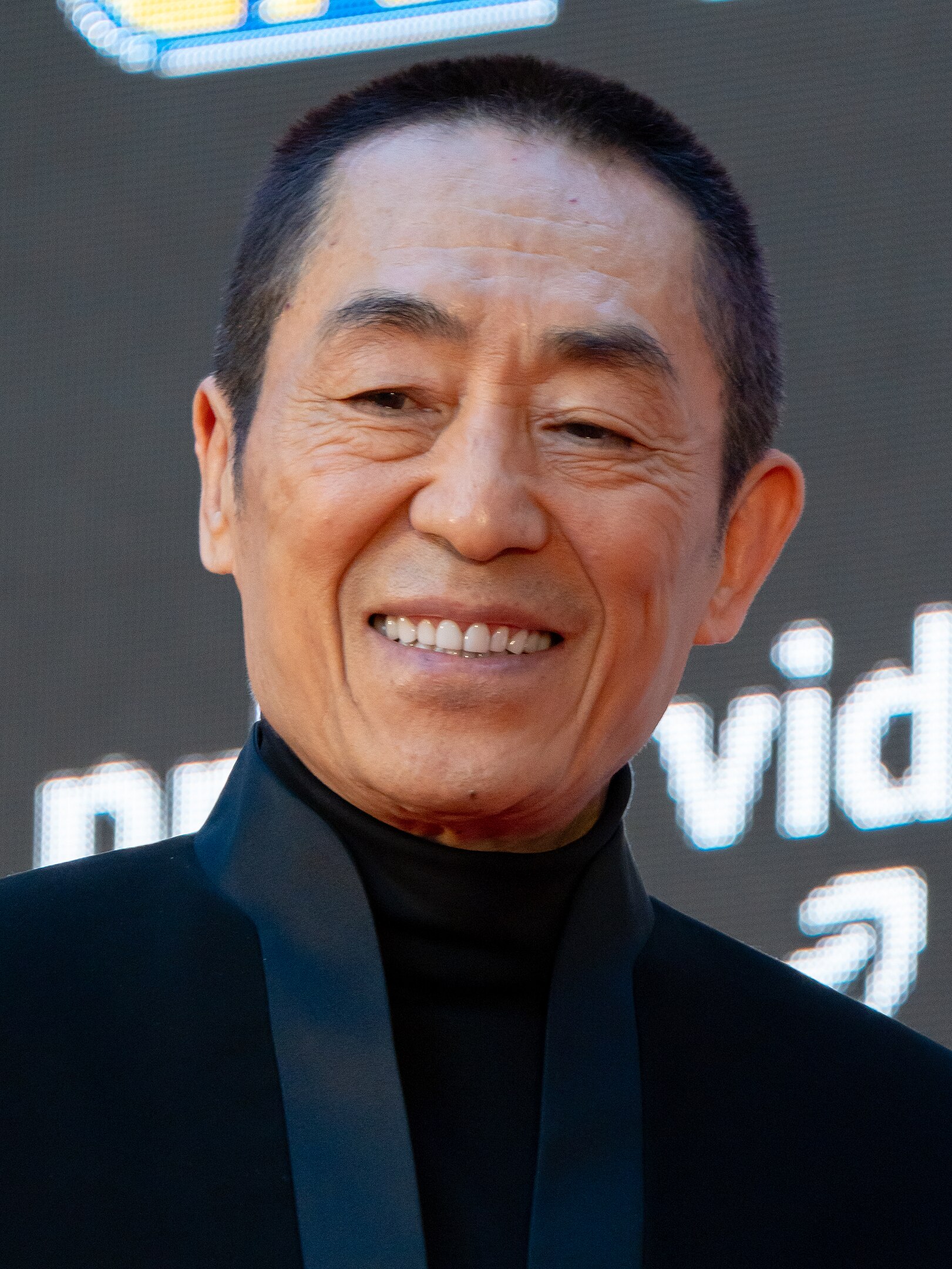
Zhang Yimou’s films are entrenched in Chinese cultural imagery. As one of China’s Fifth Generation filmmakers, he uses culturally authentic storytelling elements to evoke emotion. His expertise in lighting and composition, and his use of distinctive colors, set the scene for each frame. Audiences can see his signature poetic choreography and expansive landscapes in all his films. “Hero” is one of his most acclaimed films.
8. Jean-Pierre Jeunet
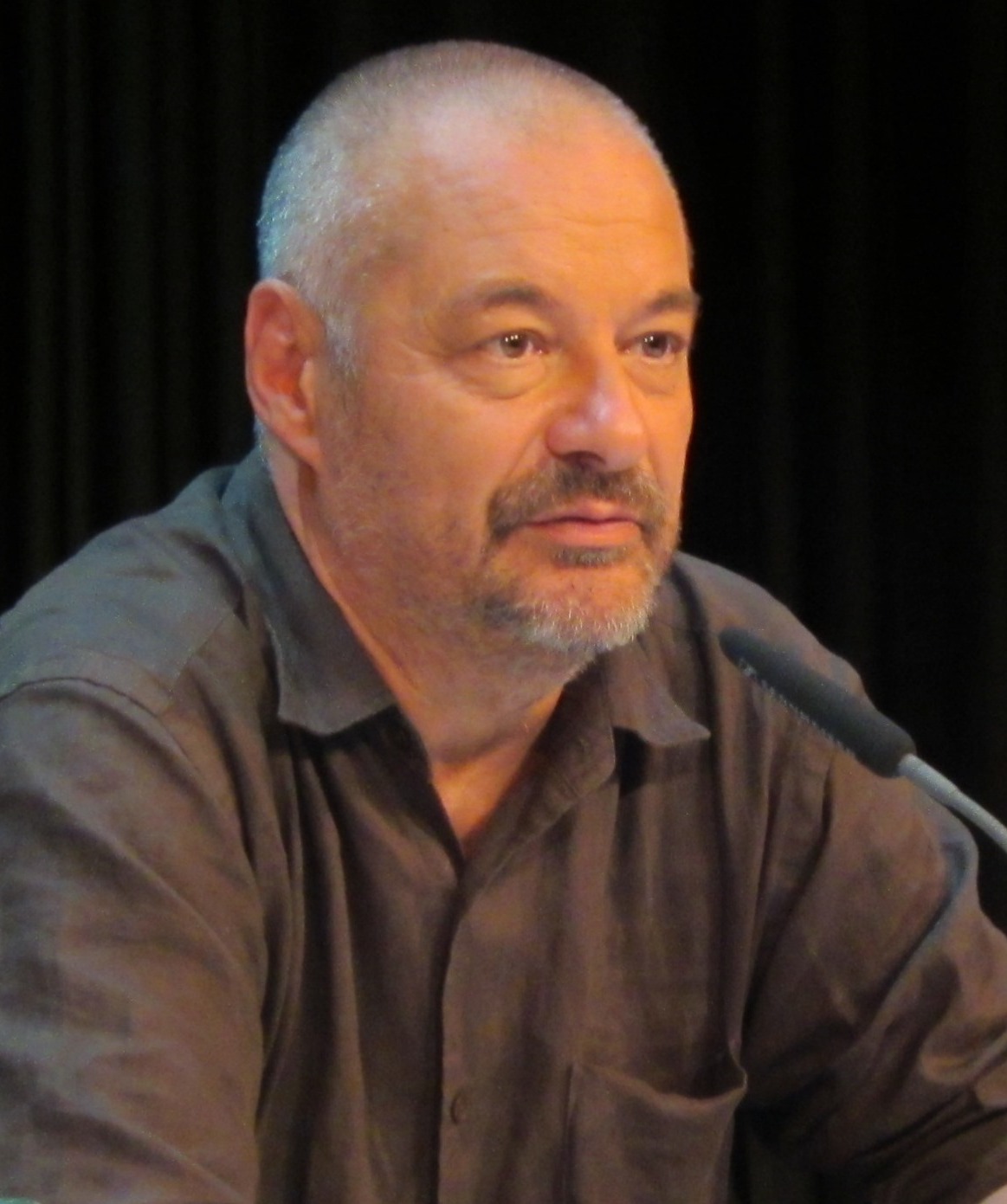
Audiences recognize Jean-Pierre Jeunet’s films by their whimsical storytelling. They are almost dream-like with a distinctive visual style. His cinematic works are a blend of realism and fantasy, but he often blurs the lines between them. He develops characters who have a quirkiness that makes them memorable and instant fan favorites. Fans love “The City of Lost Children” for its hyper-saturated colors and inventive character portrayals.
9. Alfonso Cuaron
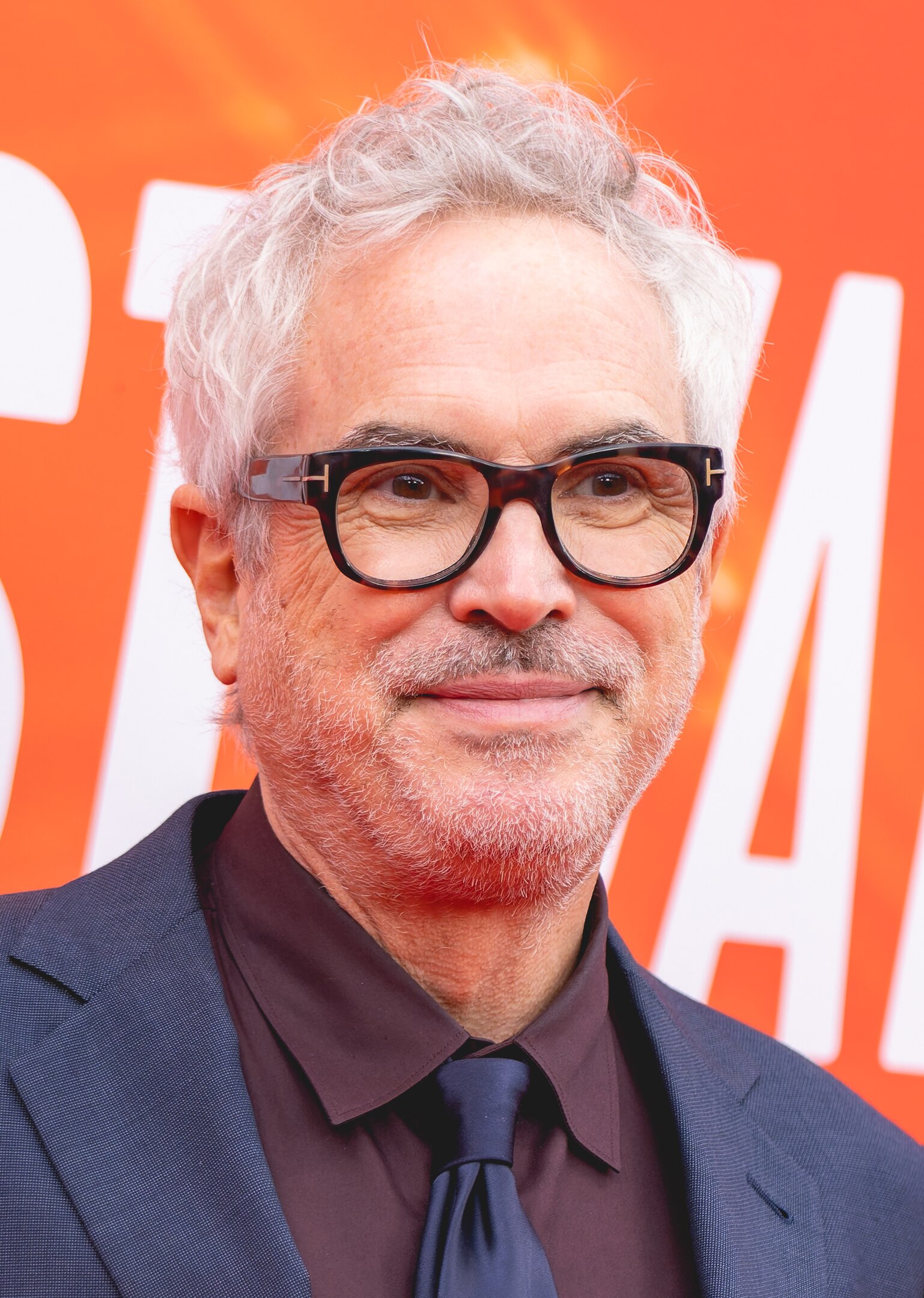
The emotional depth of Cuaron’s films is what draws in large audiences. He creates a sense of urgency with extended takes captured by dynamic camera movements. His captivating storytelling often enthralls audiences and keeps them engaged every second of the films. He creates believable visual effects, evoking emotion and fostering a shared experience. His most memorable films are “Gravity” and “Children of Men.”
10. David Fincher
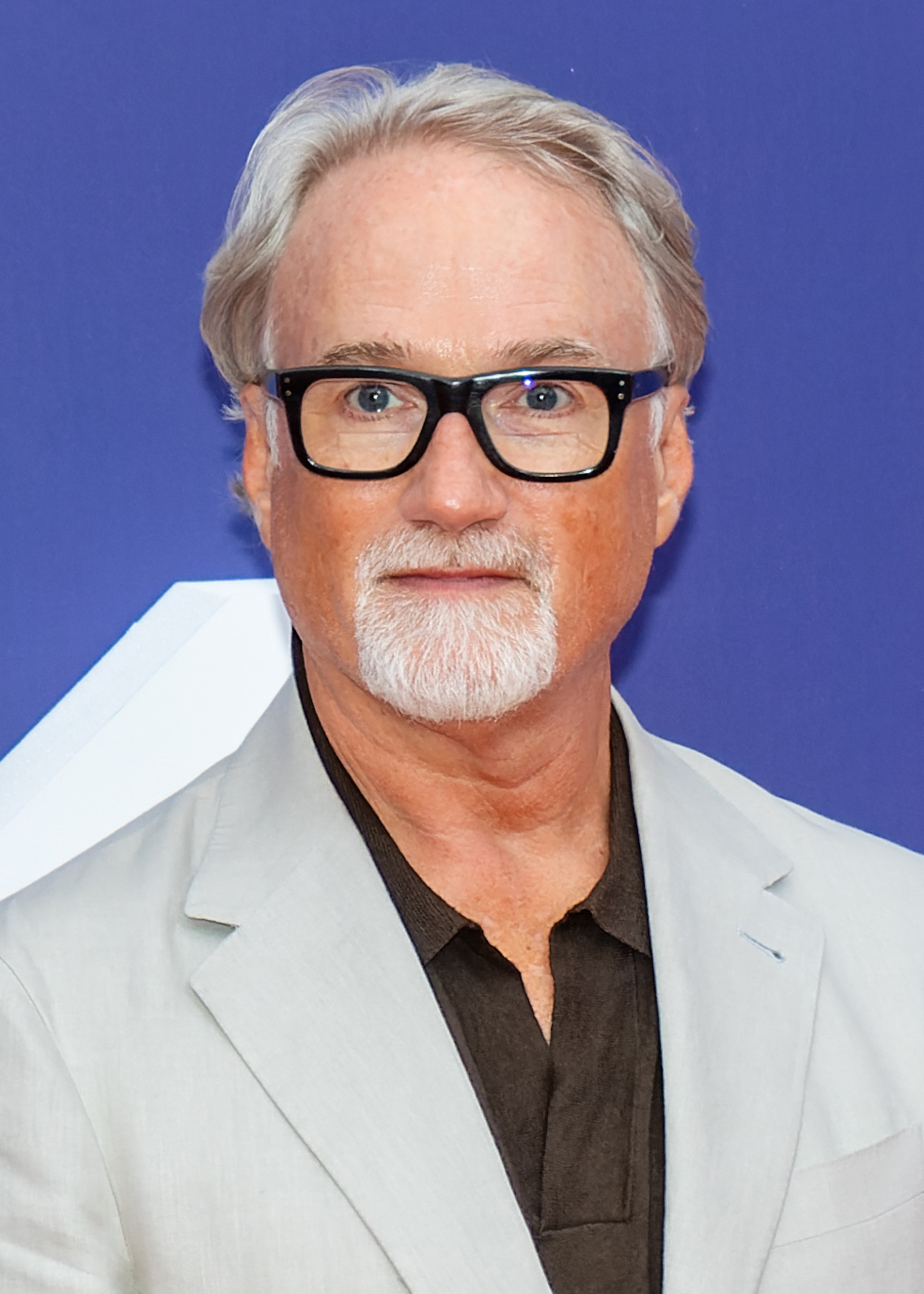
Dark psychological thrillers are David Fincher’s legacy. When creating these films, Fincher delves deep and crafts characters with meticulous detail. He has a deep love for exploring more complex themes. For example, his film, “Gone Girl,” portrayed the story of a wife who was truly skilled in the art of vengeance. It’s his use of unsettling aesthetics and controlled camera movements that make him unique.
11. Sofia Coppola
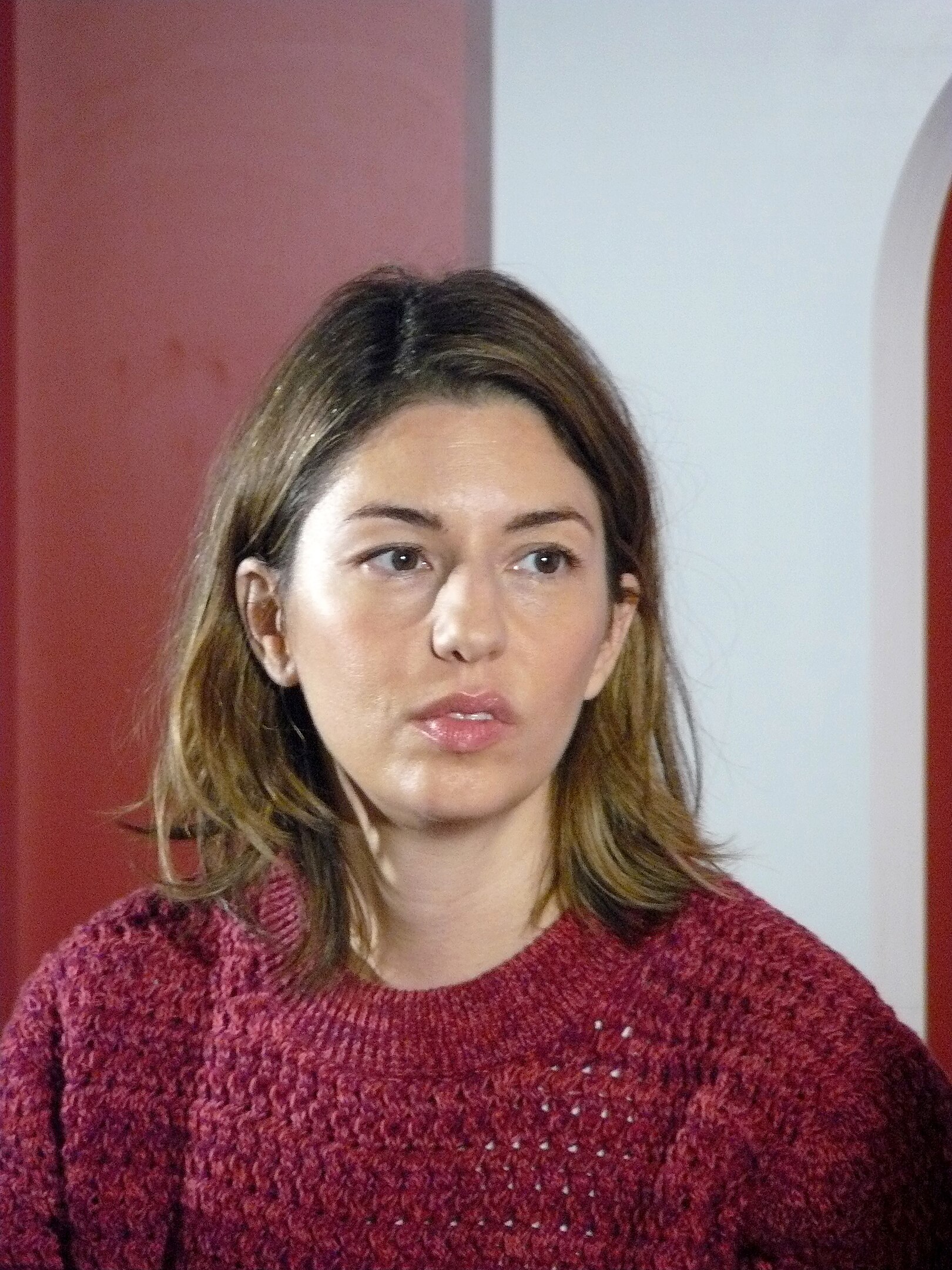
Sofia Coppola’s films offer a pastel-infused, dream-like glimpse into the lives of strong women. “Marie Antoinette” featured poetic beauty and stunning effects. Audiences are immersed in the lives of her subjects with historic accuracy. Her latest film, “Priscilla,” explored the complexities of Priscilla growing up while married to Elvis Presley. It was a balancing act between his allure and his dark side.
12. Terry Gilliam
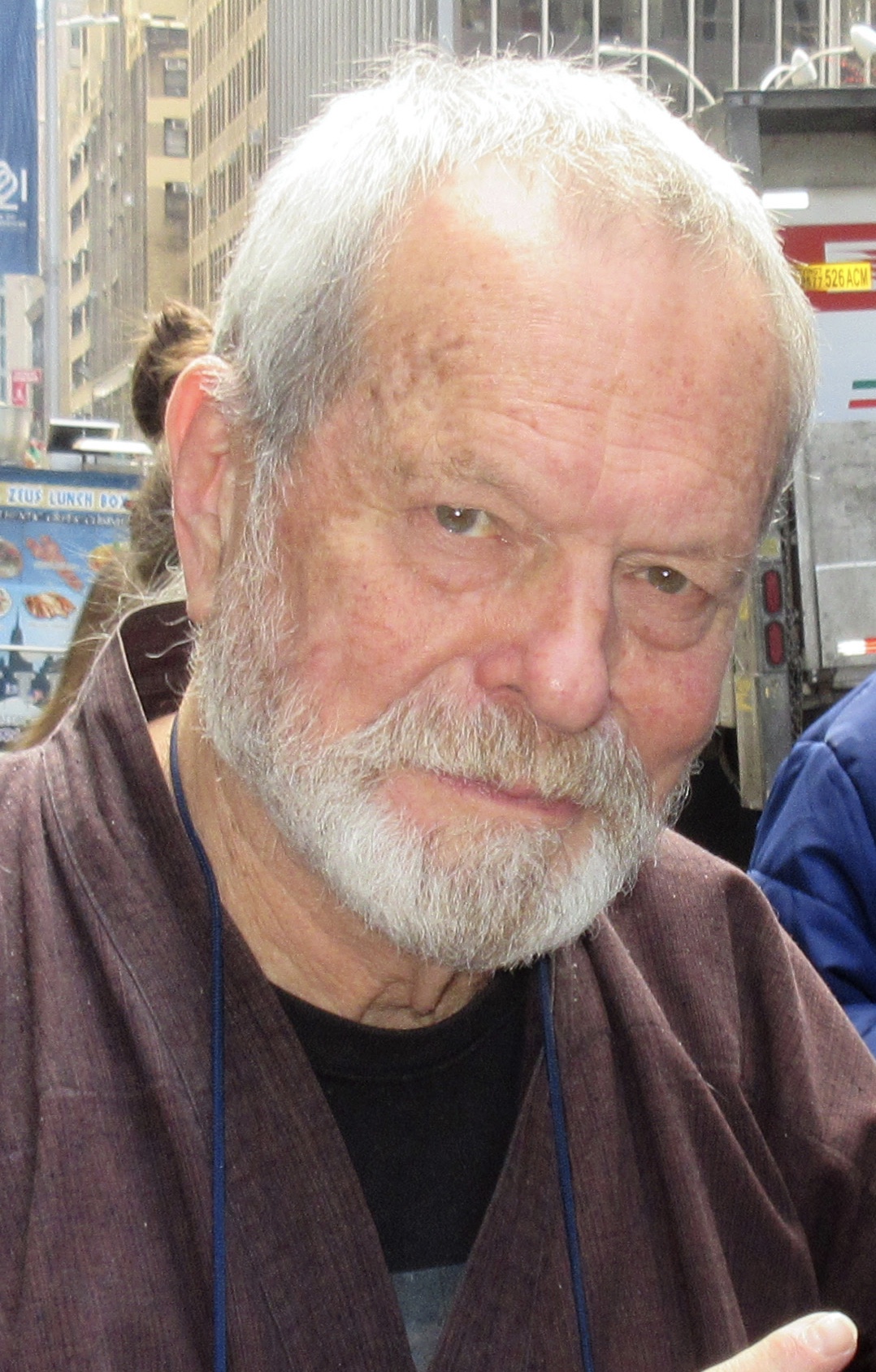
Terry Gilliam’s film specialty is dystopian worlds. He uses an eccentric approach to visual effects and often blends satire with fantasy. He’s often characterized as surreal for his mostly chaotic sets and use of wide-angle lenses. The director’s trademarked style, reminiscent of his “Monty Python’s” film, was reflected in his later film “12 Monkeys.”
13. Baz Luhrmann
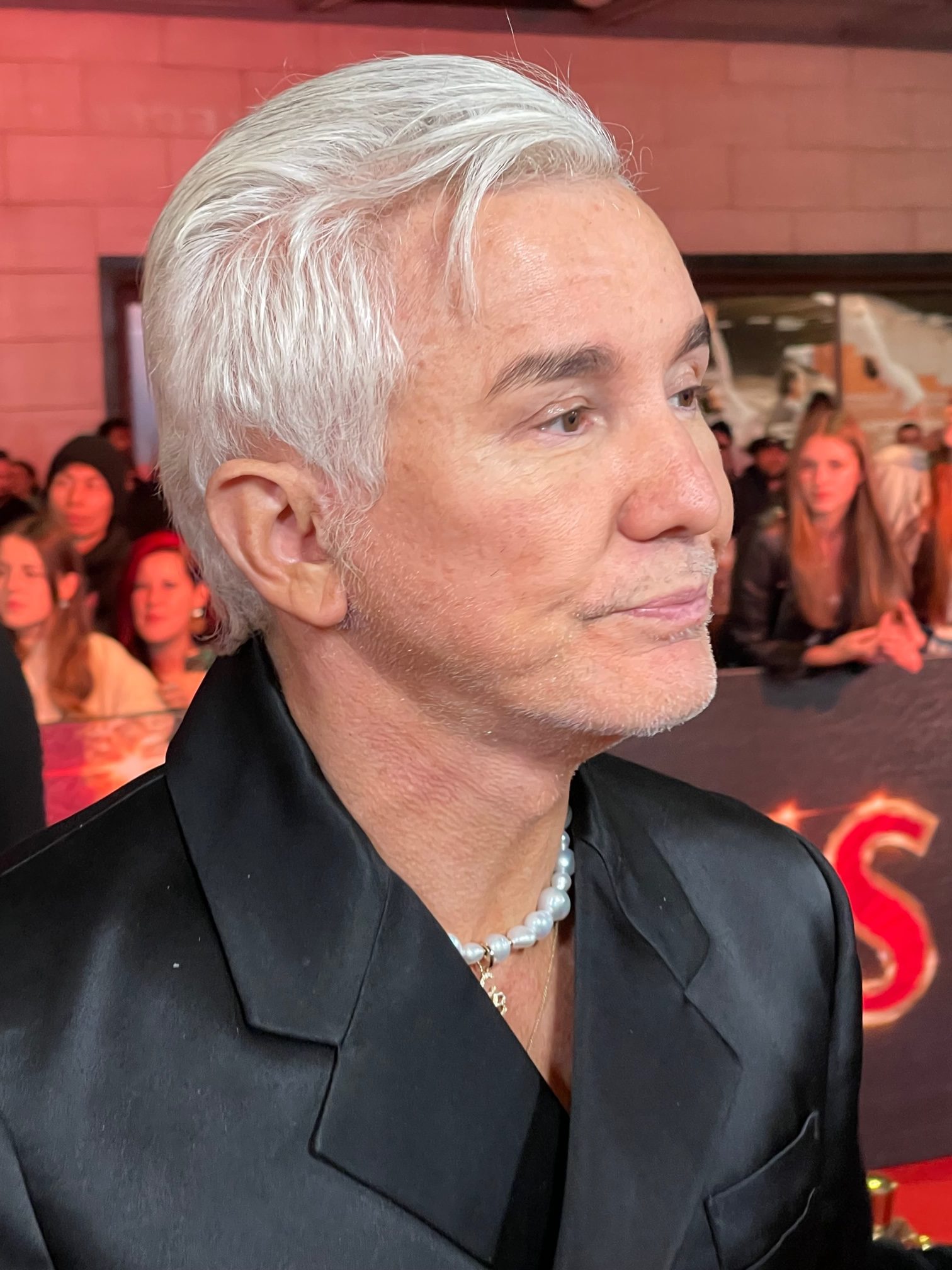
Luhrmann’s trademarks are elevated visuals, rapid editing, and over-the-top sets. His work on “The Great Gatsby” captured the truly opulent wealth of the characters. His visual style created a sensory overload when viewers saw Gatsby’s parties, capturing Carraway’s astonishment. His directing remains true to the author’s vision of the story, keeping the audience engaged.
14. Hayao Miyazaki
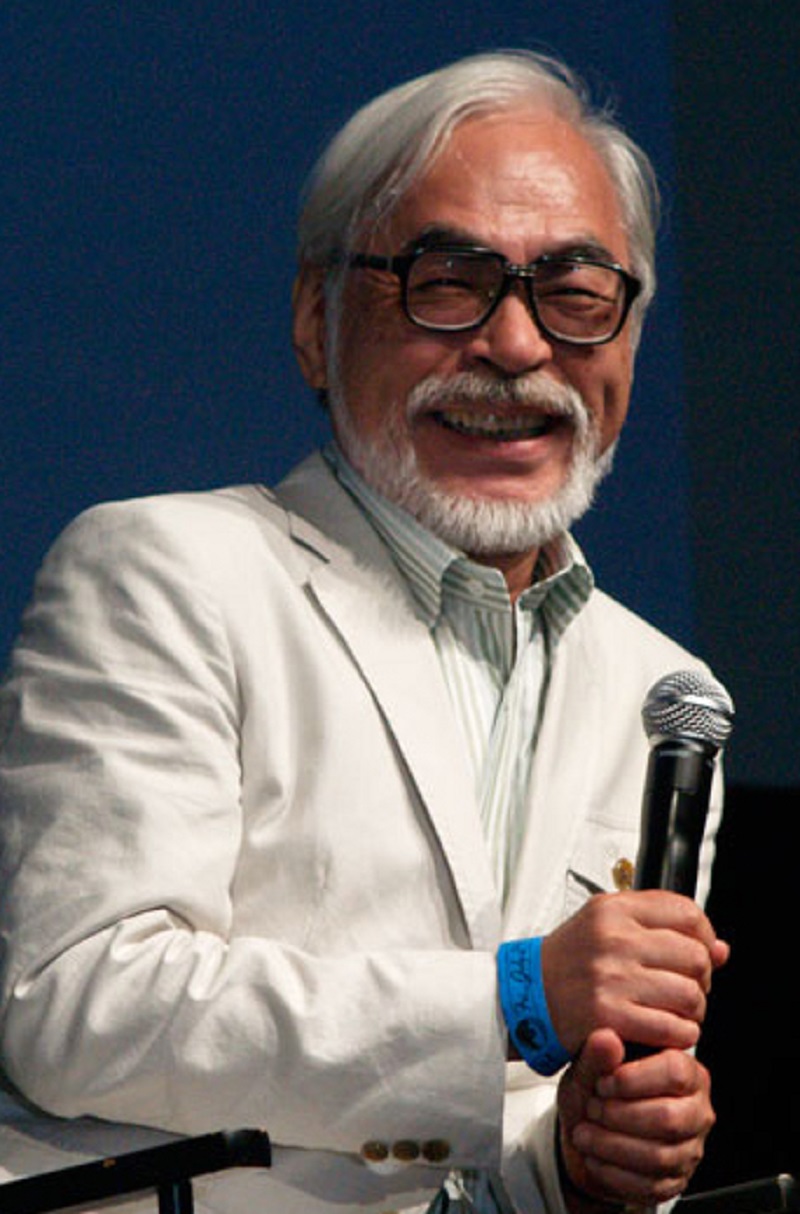
A symmetry of both fantasy and realism, Miyazaki’s productions typically focus on strong female characters. He uses color and three-point lighting to create his character’s mood. This anime master often uses magical elements in his films, but he also taps into human experiences. He also focuses his stories on themes such as pacifism or daily challenges adolescents face.
15. Ridley Scott
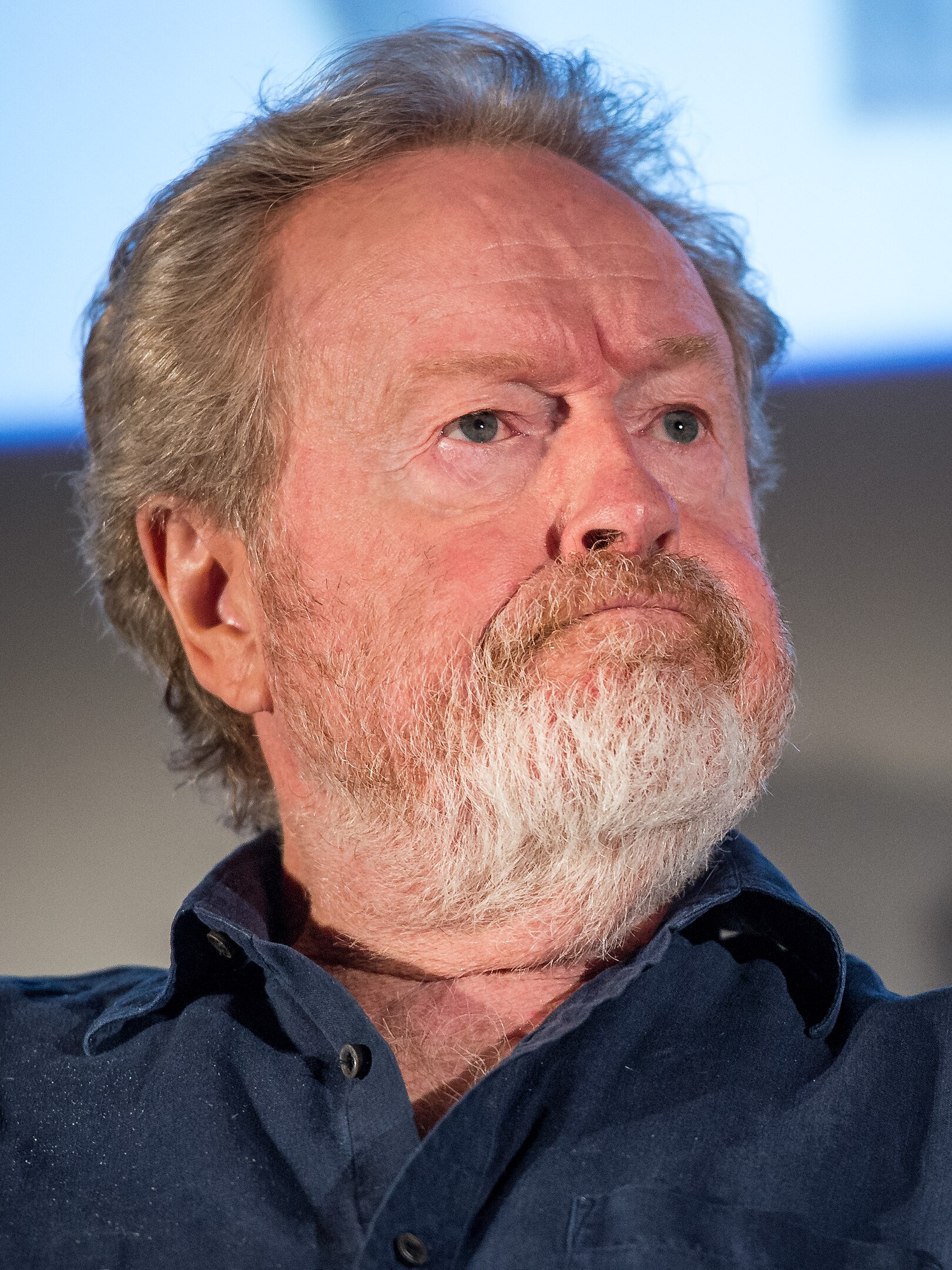
Scott’s “Blade Runner” is still an epic film today. It featured atmospheric lighting and noir elements that captivated viewers. Scott’s expertise makes him a genius at developing otherworldly but realistic film worlds. The proof is in the movie’s details. From the fog and shadows to the TV commercials he incorporated into the film, it was truly groundbreaking.
